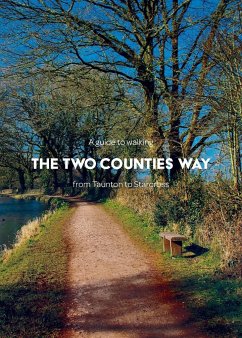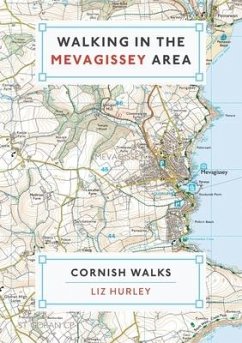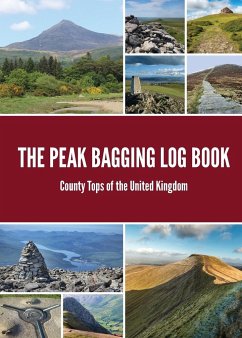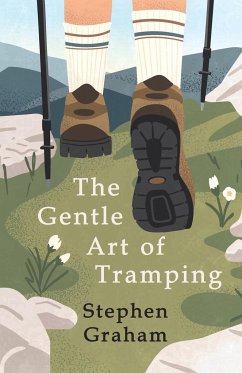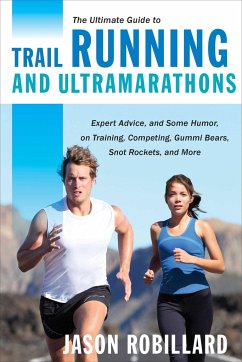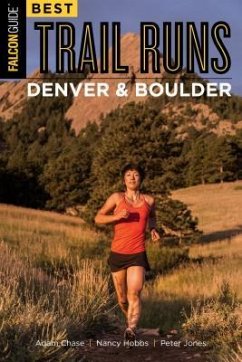
A trail guide to walking the Templer Way
from Haytor to Teignmouth
Herausgeber: Mansfield, Scarlett
Versandkostenfrei!
Versandfertig in über 4 Wochen
10,99 €
inkl. MwSt.

PAYBACK Punkte
5 °P sammeln!
A helpful and practical pocket guide to walking the long-distance Templer Way path. The Templer Way, starting in Haytor, links the picturesque National Park Dartmoor with the coastal town of Teignmouth. This trail begins where tramways once quarried granite in the early nineteenth century. From Haytor, the trail passes down through the historic town of Bovey Tracey where it joins up with the Stover Canal. From here, the route leads onwards through the market town of Newton Abbot. The final leg follows alongside the southern shore of the Teign Estuary to Shaldon. To reach the finishing point, e...
A helpful and practical pocket guide to walking the long-distance Templer Way path. The Templer Way, starting in Haytor, links the picturesque National Park Dartmoor with the coastal town of Teignmouth. This trail begins where tramways once quarried granite in the early nineteenth century. From Haytor, the trail passes down through the historic town of Bovey Tracey where it joins up with the Stover Canal. From here, the route leads onwards through the market town of Newton Abbot. The final leg follows alongside the southern shore of the Teign Estuary to Shaldon. To reach the finishing point, enjoy a crossing on the Teign Ferry, traced back to 1296. You will now arrive in Teignmouth where this journey ends and another may begin. This guide contains: Detailed 1:25 000 OS maps covering the entire route Directions for the route broken down into easily manageable legs A suggested kit list, also available for free to download Places of interest and village amenities such as historic locations, accommodation, eateries, and public facilities A full six-figure and eight-figure grid reference for GPS reference Colour photography throughout Travel information





